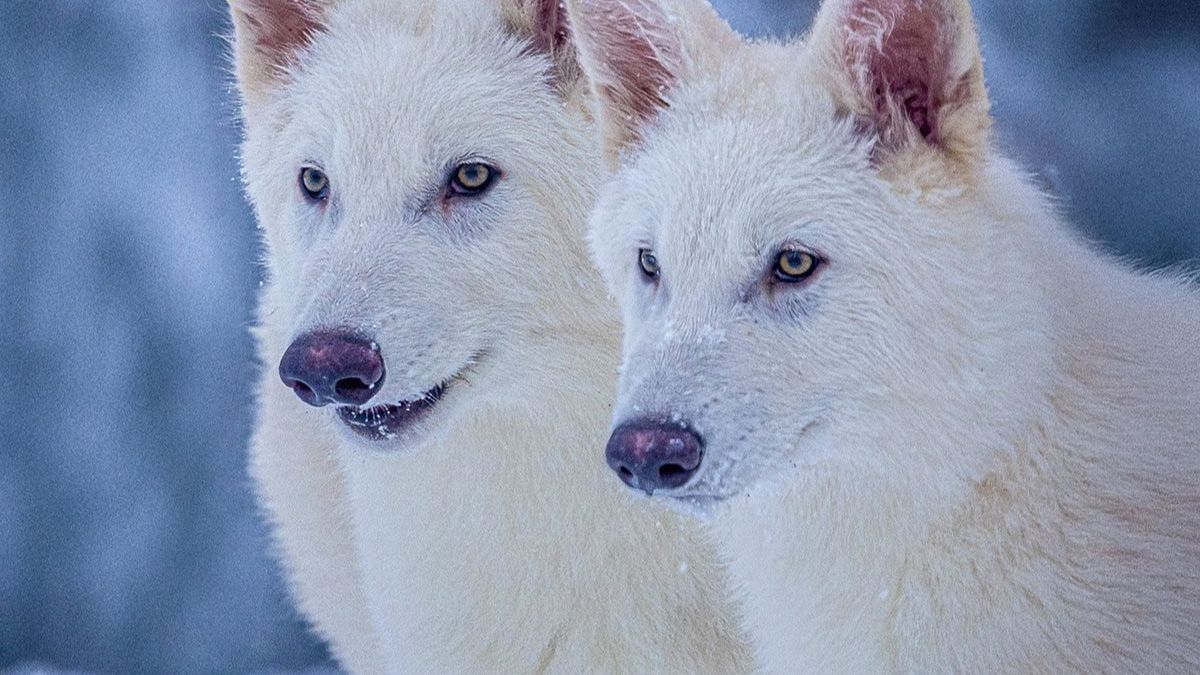For the first time ever, Colossal Biosciences, a biotech company based in Dallas, has successfully revived an extinct species, the dire wolf, which vanished over 12,500 years ago. Using cutting-edge DNA technology and gene-editing techniques like CRISPR, Colossal Biosciences has birthed three dire wolf puppies. This breakthrough is a significant milestone in the field of de-extinction, where the company aims to resurrect extinct species and help with conservation efforts.
Key Points
Company Involved
- Colossal Biosciences, a biotechnology firm located in Dallas, is the leading entity behind this breakthrough.
Species Revived
- The extinct species revived is the dire wolf (Canis dirus), a large wolf species that once roamed North America during the Pleistocene era and went extinct around 12,500 years ago.
Genetic Materials Used
- DNA was extracted from ancient specimens: a 13,000-year-old tooth and a 72,000-year-old skull.
- These samples were used to analyze the full genome of the species.
CRISPR Technology
- The company used CRISPR gene-editing technology to modify cells taken from a living gray wolf.
- These genetically altered cells were used to create embryos which were then implanted in a domestic dog surrogate.,Birth of Dire Wolf Puppies:
Three healthy dire wolf puppies were born:
- Romulus (Male)
- Remus (Male)
- Khaleesi (Female) — named after the character from “Game of Thrones.”
Ecological and Ethical Concerns
- Critics argue that the animals produced are not truly the same as the original species, as they can only look like dire wolves, lacking the same ecological functions they had before extinction.
- Some also question the ethical implications of creating such species and their ability to survive in the modern ecosystem.
Preservation Efforts
- The dire wolves are being cared for on a 2,000-acre preserve, certified by the American Humane Society and registered with the USDA.
- Colossal has also worked on cloning red wolves, an endangered species, to aid in conservation.
Broader Goals of Colossal
- Colossal aims to use its de-extinction technologies to help endangered species and support global biodiversity efforts.
- The company is also working on resurrecting the woolly mammoth and other extinct species to aid conservation and prevent biodiversity loss.
Controversy in the Scientific Community
- The lack of peer-reviewed research has raised concerns within the scientific community regarding the veracity of these claims.
- Some biologists argue that the ecological roles and behaviors of extinct species cannot be recreated merely through gene-editing technologies.
| Summary/Static | Details |
| Why in the news? | De-extinction of the Dire Wolf by Colossal Biosciences |
| Company | Colossal Biosciences (Dallas, Texas) |
| Species Revived | Dire Wolf (Canis dirus) |
| Extinction Timeline | Extinct for over 12,500 years |
| Genetic Material Used | DNA from 13,000-year-old tooth and 72,000-year-old skull |
| Technology Used | CRISPR gene-editing to modify cells from gray wolves |
| Dire Wolf Puppies | 3 puppies born: Romulus (Male), Remus (Male), Khaleesi (Female) |
| Surrogate Species | Domestic dogs used as surrogates |
| Preservation | Location 2,000-acre preserve certified by the American Humane Society and USDA |
| Ecological Concerns | Critics argue it lacks true ecological functionality; concern about superficial resemblance to original species |
| Broader Conservation Goals | Colossal also working on de-extinction of red wolves and woolly mammoths as part of conservation efforts |



 India Plans New Antarctic Station Maitri...
India Plans New Antarctic Station Maitri...
 India Launches Its First 1.0 GHz, 64-bit...
India Launches Its First 1.0 GHz, 64-bit...
 ISRO Projects Seven Launches Including U...
ISRO Projects Seven Launches Including U...







